Subscribe to our ▶️YouTube channel🔴 for the latest videos, updates, and tips.
Home | About Us | Contact Us | Privacy | Math Blog
Position of a Point with Respect to the Hyperbola
We will learn how to find the position of a point with respect to the hyperbola.
The point P (x1, y1) lies outside, on or inside the hyperbola x2a2 - y2b2 = 1 according as x21a2 - y21b2 – 1 < 0, = or > 0.
Let P (x1, y1) be any point on the plane of the hyperbola x2a2 - y2b2 = 1 ………………….. (i)
From the point P (x1, y1) draw PM perpendicular to XX' (i.e., x-axis) and meet the hyperbola at Q.
According to the above graph we see that the point Q and P have the same abscissa. Therefore, the co-ordinates of Q are (x1, y2).
Since the point Q (x1, y2) lies on the hyperbola x2a2 - y2b2 = 1.
Therefore,
x21a2 - y22b2 = 1
y22b2 = x21a2 - 1 ………………….. (i)
Now, point P lies outside, on or inside the hyperbola according as
PM <, = or > QM
i.e., according as y1 <, = or > y2
i.e., according as y21b2 <, = or > y22b2
i.e., according as y21b2 <, = or > x21a2 - 1, [Using (i)]
i.e., according as x21a2 - y21b2 <, = or > 1
i.e., according as x21a2 - y21b2 - 1 <, = or > 0
Therefore, the point
(i) P (x1, y1) lies outside the hyperbola x2a2 - y2b2 = 1 if PM < QM
i.e., x21a2 - y21b2 - 1 < 0.
(ii) P (x1, y1) lies on the hyperbola x2a2 - y2b2 = 1 if PM = QM
i.e., x21a2 - y21b2 - 1 = 0.
(ii) P (x1, y1) lies inside the hyperbola x2a2 - y2b2 = 1 if PM < QM
i.e., x21a2 - y21b2 - 1 > 0.
Hence, the point P(x1, y1) lies outside, on or inside the hyperbola x2a2 - y2b2 = 1 according as xx21a2 - y21b2 - 1 <, = or > 0.
Note:
Suppose E1 = x21a2 - y21b2 - 1, then the point P(x1, y1) lies outside, on or inside the hyperbola x2a2 - y2b2 = 1 according as E1 <, = or > 0.
Solved examples to find the position of the point (x1, y1) with respect to an hyperbola x2a2 - y2b2 = 1:
1. Determine the position of the point (2, - 3) with respect to the hyperbola x29 - y225 = 1.
Solution:
We know that the point (x1, y1) lies outside, on or inside the hyperbola x2a2 - y2b2 = 1 according as
x21a2 - y21b2 – 1 < , = or > 0.
For the given problem we have,
x21a2 - y21b2 - 1 = 229 - (−3)225 – 1 = 49 - 925 - 1 = - 206225 < 0.
Therefore, the point (2, - 3) lies outside the hyperbola x29 - y225 = 1.
2. Determine the position of the point (3, - 4) with respect to the hyperbola x29 - y216 = 1.
Solution:
We know that the point (x1, y1) lies outside, on or inside the hyperbola x2a2 - y2b2 = 1 according as
x21a2 - y21b2 - 1 <, = or > 0.
For the given problem we have,
x21a2 - y21b2 - 1 = 329 - (−4)216 - 1 = 99 - 1616 - 1 = 1 - 1 - 1 = -1 < 0.
Therefore, the point (3, - 4) lies outside the hyperbola x29 - y216 = 1.
● The Hyperbola
- Definition of Hyperbola
- Standard Equation of an Hyperbola
- Vertex of the Hyperbola
- Centre of the Hyperbola
- Transverse and Conjugate Axis of the Hyperbola
- Two Foci and Two Directrices of the Hyperbola
- Latus Rectum of the Hyperbola
- Position of a Point with Respect to the Hyperbola
- Conjugate Hyperbola
- Rectangular Hyperbola
- Parametric Equation of the Hyperbola
- Hyperbola Formulae
- Problems on Hyperbola
11 and 12 Grade Math
From Position of a Point with Respect to the Hyperbola to HOME PAGE
Didn't find what you were looking for? Or want to know more information about Math Only Math. Use this Google Search to find what you need.
Recent Articles
-
Area of Rectangle Square and Triangle | Formulas| Area of Plane Shapes
Jul 18, 25 10:38 AM
Area of a closed plane figure is the amount of surface enclosed within its boundary. Look at the given figures. The shaded region of each figure denotes its area. The standard unit, generally used for… -
What is Area in Maths? | Units to find Area | Conversion Table of Area
Jul 17, 25 01:06 AM
The amount of surface that a plane figure covers is called its area. It’s unit is square centimeters or square meters etc. A rectangle, a square, a triangle and a circle are all examples of closed pla… -
Worksheet on Perimeter | Perimeter of Squares and Rectangle | Answers
Jul 17, 25 12:40 AM
Practice the questions given in the worksheet on perimeter. The questions are based on finding the perimeter of the triangle, perimeter of the square, perimeter of rectangle and word problems. I. Find… -
Formation of Square and Rectangle | Construction of Square & Rectangle
Jul 16, 25 11:46 PM
In formation of square and rectangle we will learn how to construct square and rectangle. Construction of a Square: We follow the method given below. Step I: We draw a line segment AB of the required… -
Perimeter of a Figure | Perimeter of a Simple Closed Figure | Examples
Jul 16, 25 02:33 AM
Perimeter of a figure is explained here. Perimeter is the total length of the boundary of a closed figure. The perimeter of a simple closed figure is the sum of the measures of line-segments which hav…
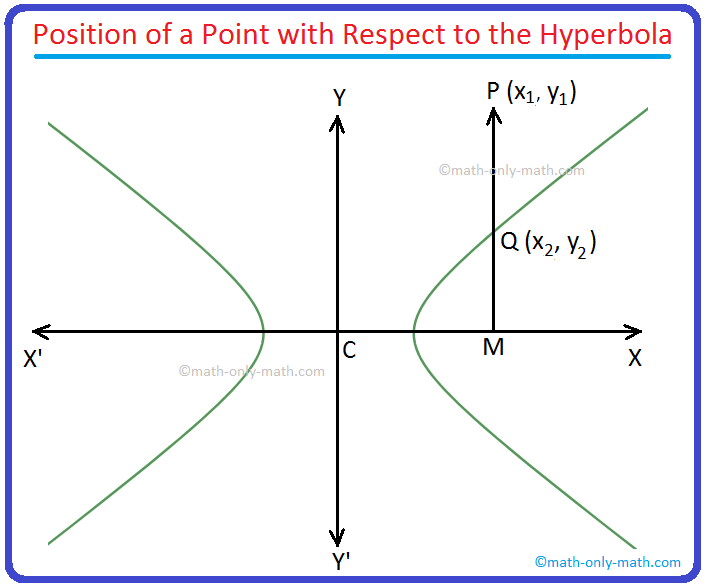
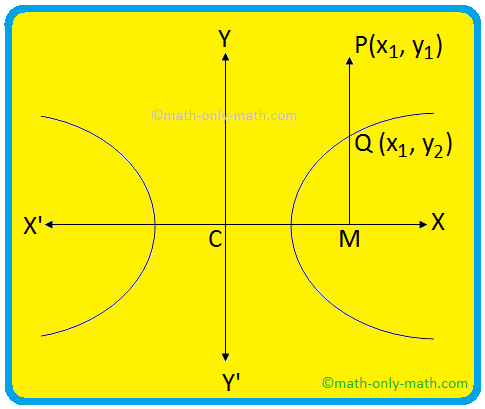

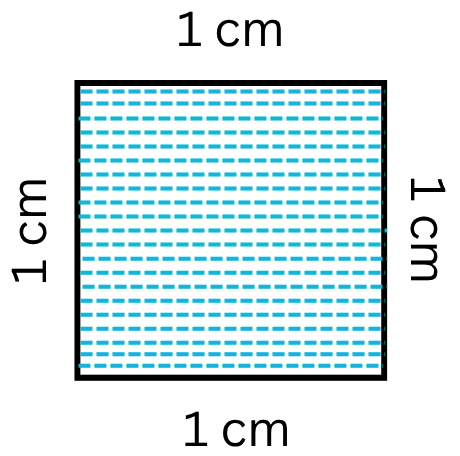
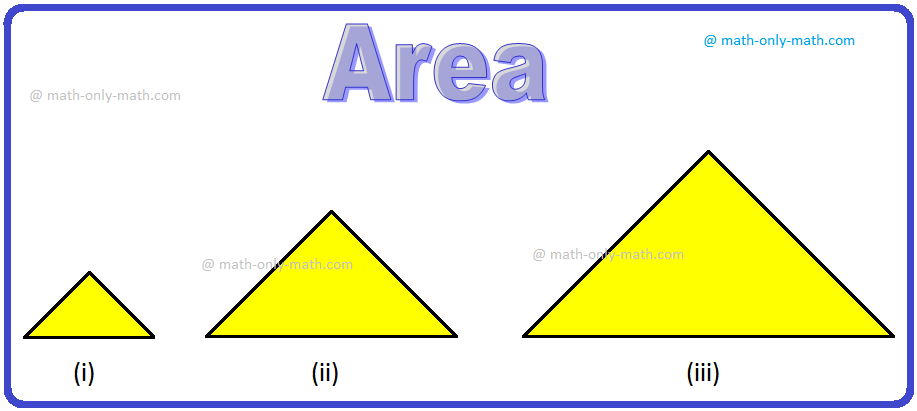
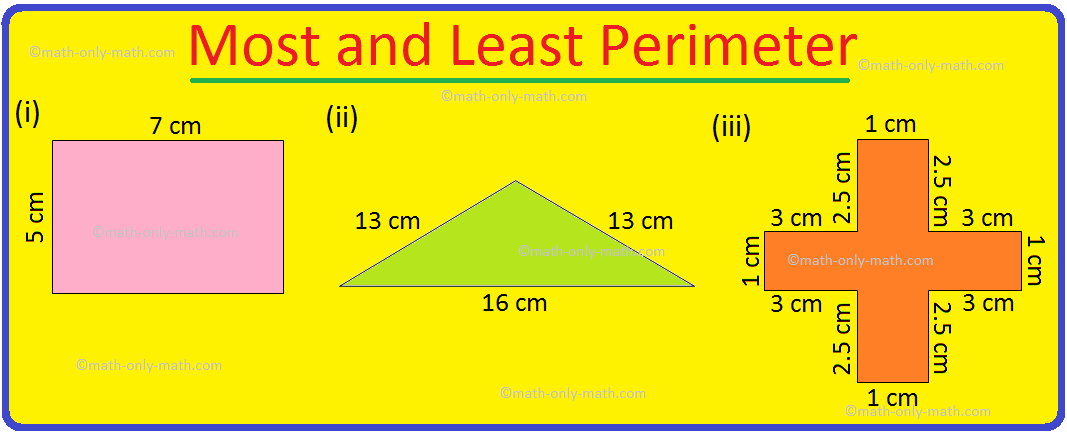
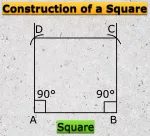
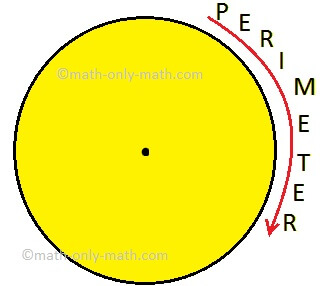
New! Comments
Have your say about what you just read! Leave me a comment in the box below. Ask a Question or Answer a Question.